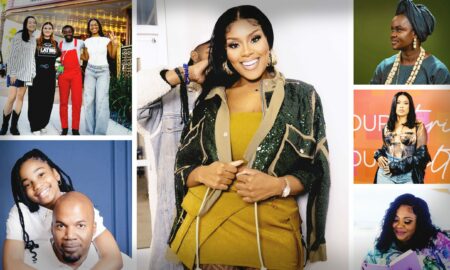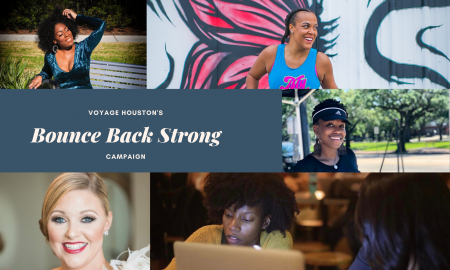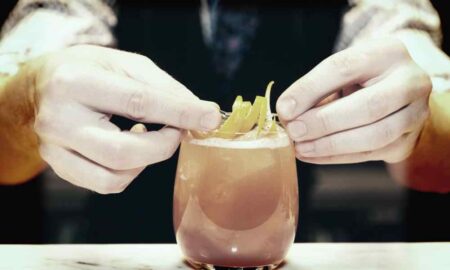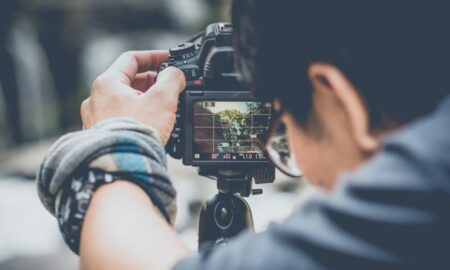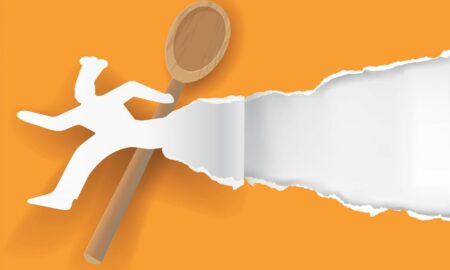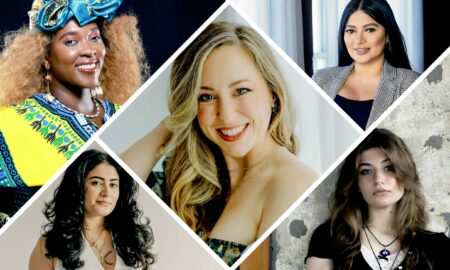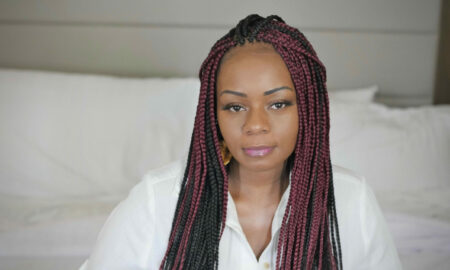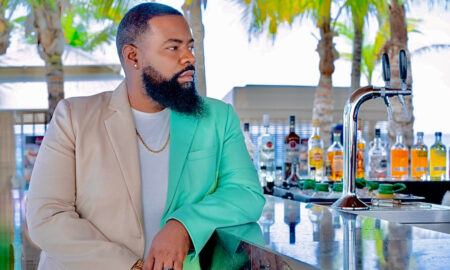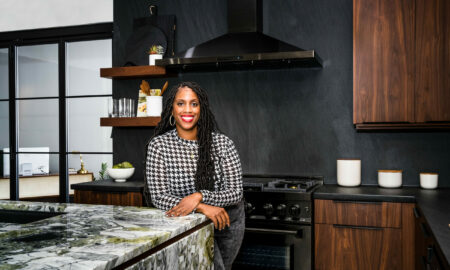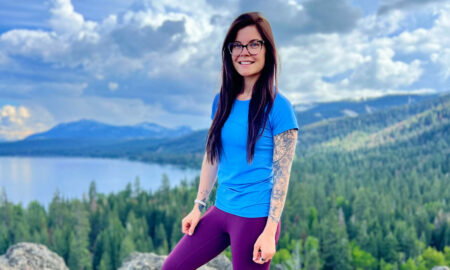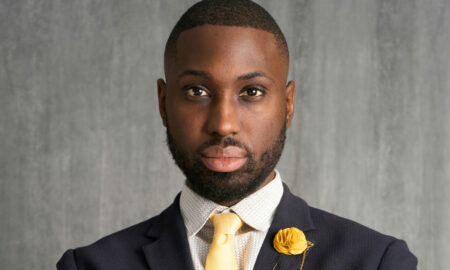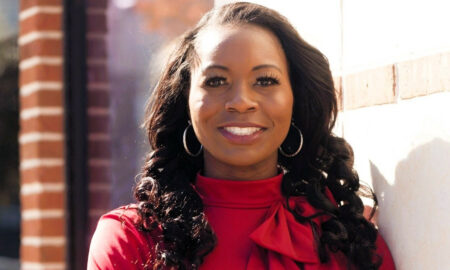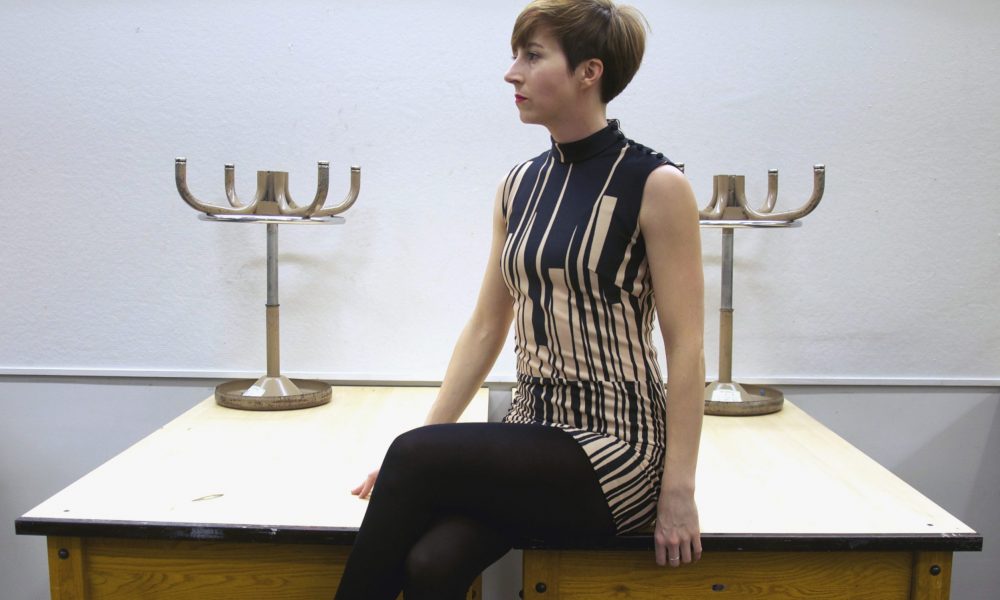

Today we’d like to introduce you to Colleen Maynard.
Colleen, please kick things off for us by telling us about yourself and your journey so far.
I grew up in Michigan, where the state rock— the honeycombed Petoskey stone—littered the lakes and my 2nd-grade rock collection. At the Kansas City Art Institute I bicycled a city of limestone ledges while studying painting and writing. I biked the flat sea of cornfields while pursuing botanical illustration at the Illinois Natural Survey—where, notably, an Entomologist kindly magnified a piece of honeycombed coral I brought in, confirming my fondness for fossils.
At the school on limestone ledges, I turned my studio into a 360-degree view of the world’s biomes from tundra to dessert using watercolor and National Geographics. I began collaging and inking old books of paper envelopes that once contained vinyl 78s.
I wrote about feral midwestern kids, the kind of punks who make labyrinths in snow drifts and fall asleep in them. I projected the stories upon 6-foot tall paper and filled the letters in with watercolor or tally marks. The tally marks were so much fun I began stabbing tiny holes into paper to form words, which connected with other words to form sentences.
In 2012 I decided to learn how to draw better. By asking friends if I could draw a stuffed animal they had held onto into adulthood, I taught myself endurance. It was an honor to soak up the amazing textures, the yellowed resin, the wobbly yarn smiles. Three-millimeter lead drafting pencils—like the ones my Grandfather and Father have used in their engineering careers—became good friends.
At the same time, I was drawing ferns for Botanists. I liked looking through a microscope to organize how veins in leaves do not simply taper off but curve as they reach the edge of a leaf, then join adjacent veins. Magnified enough, the bud of a flower becomes architectural. I began drawing rocks.
As all artists do with their true love when they find it, I left the physical world a little bit. I began to see boulders and basalt everywhere.
Primarily I study and draw marine-life fossils. I continue to write fiction and poetry to process and document life.
Can you give our readers some background on your art?
I make graphite and charcoal portraits of fossilized marine invertebrate. Using drafting pencils and French curves, I approach coral and other pre-Dinosaur life forms as royal subjects. These rustic-looking organisms that often existed for millions of years in systematic colonies are as deserving of portraiture as human civilization’s leaders.
My writing similarly enunciates the detail against the larger background picture, drawing connections between environment, children, ferality, and ritual.
No matter which practice employed, I most identify with the highly detailed-yet-get-their-hands-messy field Geologist. Although my processes tend toward the precision of a jeweler, I resist living in the past or being contained in a vacuum. I see the evidence of our species making marks of serious consequence upon the earth.
I’m no trained Geologist, but as a queer Artist and human being agog in the tumultuous state of our ecosystem and daily governing, it feels urgent to document and try to make sense of the natural world—and the artifices, advances, and harm we’ve constructed as a species.
What would you recommend to an artist new to the city, or to art, in terms of meeting and connecting with other artists and creatives?
As an outgoing introvert with a day job managing people at an art museum, I rarely feel lonely! If anything, standing up for my studio and writing is the daily struggle. Be kind, ask what projects they’re excited about, exchange studio visits. Ask to collaborate on a piece. Ask to make dinner if you’re shy. You can learn a lot about a person watching how they make dinner.
Have a website, use social media in moderation, but first document, process, and assess through your own lens. You are never above taking stock and facing yourself. Also, secret projects are fun.
If you are not super social, don’t feel bad about it. I am suspicious of artists who go to every gallery opening. Return to observation, experimenting, making. These are your brick and bread, mortar and butter.
What’s the best way for someone to check out your work and provide support?
I am honored to be a part of the Lawndale Lending Library, a new Lawndale Art Center initiative in which members borrow local artwork for three months at a time. If you’d like to audition an artwork in your home or simply have a rotating character over your breakfast table, this may be for you.
I was selected to be a part of the 2018 “Visual Pathology,” an inaugural research-based collaborative with the University of Texas Medical Branch Pathology Department. Five artists were paired with medical professionals and resources including historical anatomical and surgical collections at UTMB. Resulting artwork was exhibited at the Galveston Art Center. My full-life sized portrait of Melanoma metastasis within the body made me confront the messiness–and universality–of the body.
My writing has appeared in such journals as Nano Fiction, Monkeybicycle, and SAND Journal Berlin. More images, links, and my blog can be found at www.colleenmaynard.com.
Contact Info:
- Website: www.colleenmaynard.com
- Email: colleen.oreilly.maynard@gmail.com
- Instagram: Colleenthespy
- Twitter: Colleenthespy
- Other: https://lawndaleartcenter.org/support/lawndale-lending-library/







 Image Credit:
Image Credit:
(Colleen Maynard)
Getting in touch: VoyageHouston is built on recommendations from the community; it’s how we uncover hidden gems, so if you know someone who deserves recognition please let us know here.

